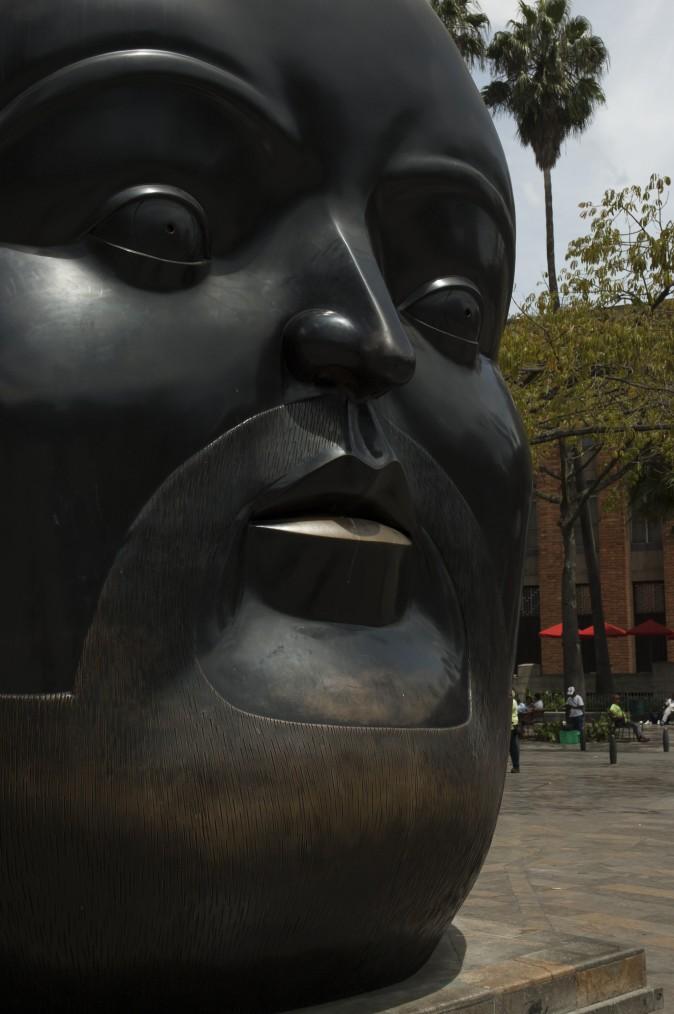Editor’s note: Canada advises exercising a high degree of caution if travelling to Colombia due to the unpredictable security situation, especially in some rural areas.
Colombia suffers from bad PR.
If you’re planning to visit this coastal South American country it would be best not to read too much about its past political and social woes. This is because things have changed dramatically since the troubled times of the ‘80s and ’90s, and your previous perception just might convince you to avoid this enigmatic and vibrant country.
We recently visited Bogotá and Medellín, two of Colombia’s largest cities, and were enchanted by the big-city buzz and the hospitality of the people. And yes, we felt safe.
One of the things that surprised us most was the grand variety of food. First, you should expect freshness. The ever-present arepas (corn flatbread) are part of every meal. Fresh fruit such as papaya, avocados, and melon are very common, as are exotic Colombian specialties like lulo, soursap, tomate de arbol, uchuva, and mamoncillo, often mixed with milk or water in shakes and juices.
It’s somehow easy to forget that Colombia has access to both the Pacific and Atlantic oceans. This results in fresh seafood being available across the country. We developed a real love for sea bass, amberjack, and ceviche, prepared in Peruvian, Ecuadorian, and local styles.






